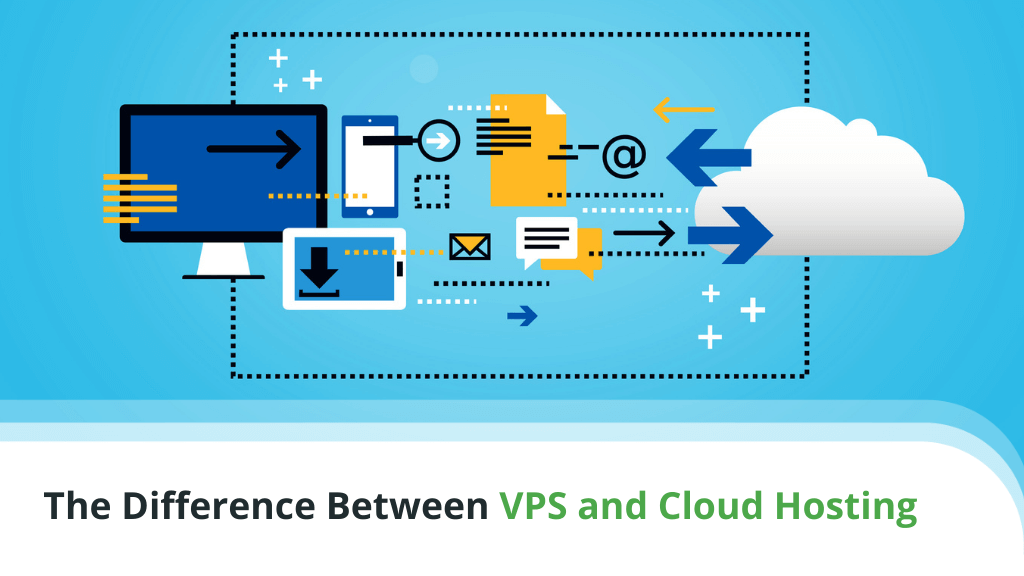Cloud VPS Server Help: The Ultimate Guide
Are you struggling with managing your cloud VPS server? Do you find yourself getting lost in the complex world of virtual private servers? Don’t worry, you’re not alone. Cloud VPS servers can be challenging to manage, especially for beginners. But fear not, we’re here to help!
In this comprehensive guide, we’ll walk you through everything you need to know about cloud VPS servers and how to get the most out of them. From setting up your server to troubleshooting common issues, we’ve got you covered. So sit back, relax, and let’s dive into the world of cloud VPS servers!
What is a Cloud VPS Server?
Before we get into the nitty-gritty details, let’s first understand what exactly a cloud VPS server is. A cloud VPS server is a virtual private server that is hosted in the cloud. This means that your server is not tied to any physical hardware and can be accessed from anywhere in the world.
Cloud VPS servers are popular among businesses and individuals who require a high level of control over their server environment. With a cloud VPS server, you can customize your server settings, install your preferred software, and scale your resources as needed.
Setting Up Your Cloud VPS Server
Setting up your cloud VPS server can seem like a daunting task, but it doesn’t have to be. Most cloud VPS providers offer easy-to-use control panels that make setting up your server a breeze. Simply choose your preferred operating system, select your server size, and you’re good to go!
Once your server is up and running, you can start installing your desired software and configuring your server settings. Whether you’re running a website, an application, or a game server, a cloud VPS server gives you the flexibility to create the perfect environment for your needs.
Managing Your Cloud VPS Server
Now that your cloud VPS server is up and running, it’s time to learn how to manage it effectively. Managing a cloud VPS server involves monitoring your server’s performance, updating your software, and troubleshooting any issues that may arise.
There are several tools available to help you manage your cloud VPS server more efficiently. From monitoring dashboards to one-click software installers, these tools can simplify the management process and allow you to focus on what matters most: running your applications smoothly.
Troubleshooting Common Issues
Despite your best efforts, issues may still arise while managing your cloud VPS server. From performance issues to security vulnerabilities, there are a variety of common issues that can affect your server’s stability.
When faced with a problem, it’s essential to remain calm and methodical in your troubleshooting approach. Start by identifying the root cause of the issue, then work towards finding a solution that addresses the underlying problem.
If you’re feeling overwhelmed, don’t hesitate to reach out to your cloud VPS provider for assistance. They have a team of experts who can help diagnose and resolve any issues you may encounter, ensuring that your server remains in top-notch condition.
Conclusion
Managing a cloud VPS server may seem intimidating at first, but with the right tools and resources, you can become a pro in no time. By following the tips outlined in this guide, you’ll be well-equipped to handle any challenges that come your way and maximize the performance of your server.
So don’t let the complexity of cloud VPS servers deter you from reaping their benefits. Embrace the world of cloud VPS servers and take your hosting experience to the next level!
